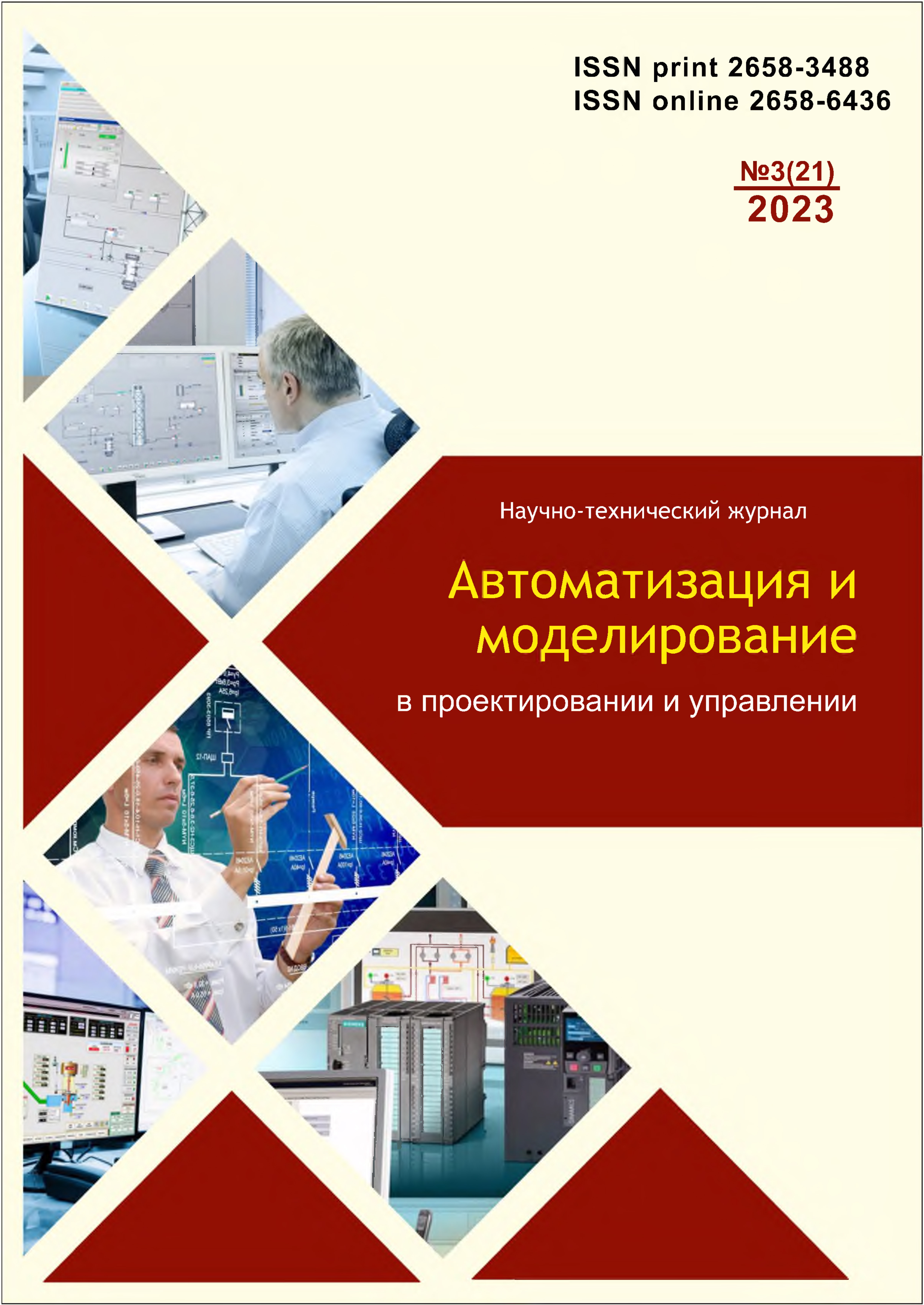Moskva, Russian Federation
Russian Federation
Moskva, Russian Federation
The article presents a method for generating synthetic data for training a neural network (hereinafter referred to as a neural network) to recognize existing objects. This method is designed to simplify the process of compiling the initial data set and modifying it for further application in the computer vision. An aircraft engine gearbox printed using additive technologies is used as a sample object for recognition. Three-dimensional models are loaded into Houdini three-dimensional editor, where a screenshot collection of the part on different backgrounds is saved using a sub-programme (hereinafter referred to as script) in Python. The received data set is applied to train three neural networks on the Roboflow website, and the results obtained are analysed for the possibility of using this method further. The article shows in detail the process of creating screenshots and the result of recognizing a printed part using three neural networks
object recognition, computer vision, engine building, 3D editor, Houdini, Python, neural networks, mechanical engineering, manufacturing
1. Richard J. Chen, Ming Y. Lu, Tiffany Y. Chen, Drew F. K. Williamson, Faisal Mahmood, «Synthetic data in machine learning for medicine and healthcare» Nature Biomedical Engineering (5), 2021. p. 493-497.
2. V. Kondaratcev, A. Kryuchkov, R. Chumak, «Mashinnoe zrenie v promyshlennoy defektoskopii» PHYGI-TALISM. Moskva. 2020.
3. Aleksei Boikov, Vladimir Payor, Roman Savelev, Alexandr Kolesnikov, «Synthetic Data Generation for Steel Defect Detection and Classification Using Deep Learning» Symmetry. 2021. № 13.
4. Erfanian Ebadi, Salehe; Jhang, You-Cyuan; Zook, Alex; Dhakad, Saurav; Crespi, Adam; Parisi, Pete; Borkman, Steven; Hogins, Jonathan; Ganguly, Sujoy, «PeopleSansPeople: A Synthetic Data Generator for Human-Centric Computer Vision» Unity technologies, 2021.
5. Matteo Fabbri, Guillem Brasó, «MOTSynth: How Can Synthetic Data Help Pedestrian Detection and Tracking?» Modena. 2021.
6. Damien Trentesaux, Theodor Borangiu, Paulo Leitão, Jose-Fernando Jimenez, Jairo R. Montoya-Torres, « SOHOMA: International Workshop on Service Orientation in Holonic and Multi-Agent Manufacturing,» v Service Oriented, Holonic and Multi-Agent Manufacturing Systems for Industry of the Future. Bogota. Colombia. 2021.
7. Pablo Martinez-Gonzalez, Sergiu Oprea, John Alejandro Castro-Vargas, Alberto Garcia-Garcia, Sergio Orts-Escolano, Jose Garcia-Rodriguez, Markus Vincze, «International Joint Conference on Neural Networks (IJCNN),» v UnrealROX+: An Improved Tool for Acquiring Synthetic Data from Virtual 3D Environments. Shenzhen. China. 2021.
8. «Houdini help» [V Internete]. Available: https://www.sidefx.com/docs/houdini/index.html.
9. D. Rutland, «Orenda 9/10 jet engine power take off gearbox». 2021. [V Internete]. Available: grabcad.com.
10. S. Gutta, «Object Detection Algorithm - YOLO v5 Architecture. Object Detection Algorithm - YOLO v5 Architecture» [V Internete]. Available: https://medium. com/analytics-vidhya/object-detection-algorithm-yolo-v5-architecture-89e0a35472ef.
11. A.A.f. Python, «How RetinaNet works» [V Inter-nete]. Available: https://developers.arcgis. com/python/ guide/how-retinanet-works/.
12. S. Ananth, «Faster R-CNN for object detection» [V Internete]. Available: https://towardsdatascience.com / faster - r - cnn - for - object - detection - a - technical-summary-474c5b857b46.










